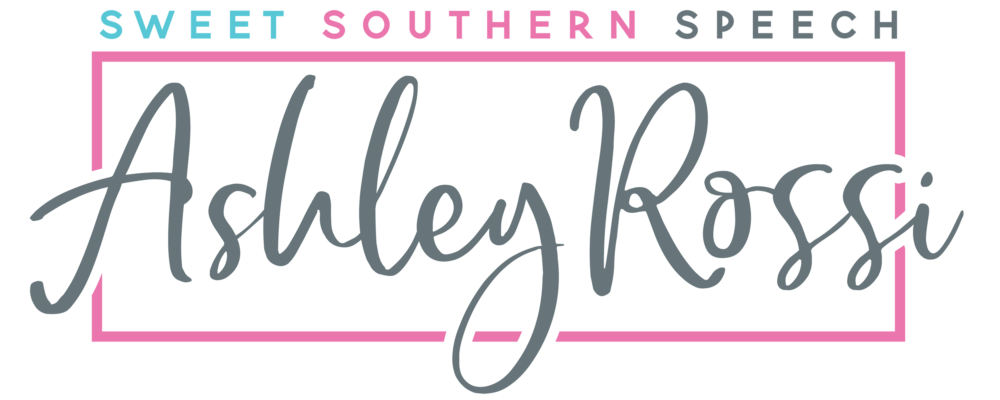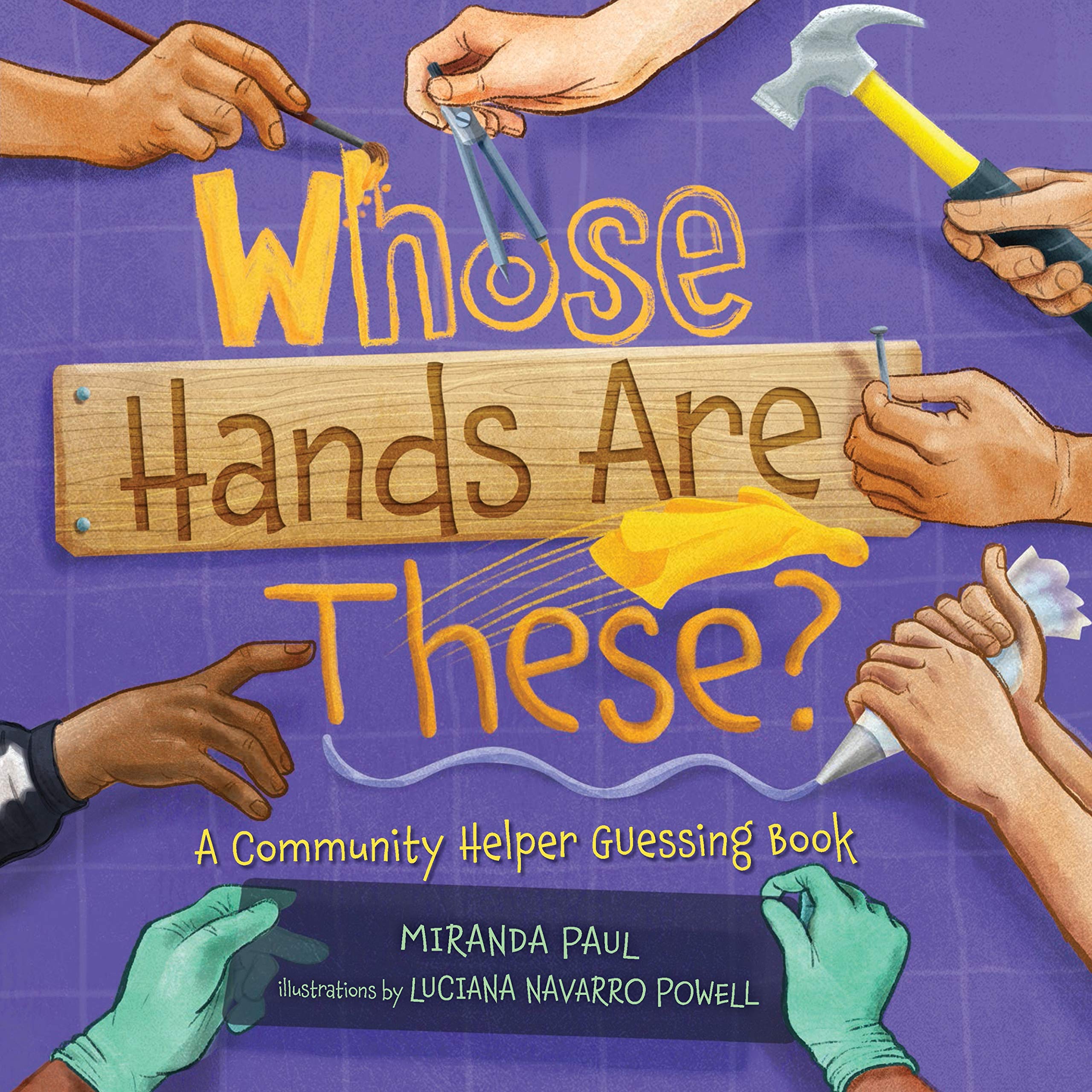What if your hands reach, wrench, yank, and crank? The hands in this book—and the people attached to them—do all sorts of helpful work. And together, these helpers make their community a safe and fun place to live. As you read, keep an eye out for community members who make repeat appearances! Can you guess all the jobs based on the actions of these busy hands?
This fun rhyming community helpers book can be used in speech therapy to address inferencing. It is also great for noticing illustrations and for targeting figurative language as well as for describing! Discover more of the speech and language teaching concepts for using Whose Hands Are These? in speech therapy below:



